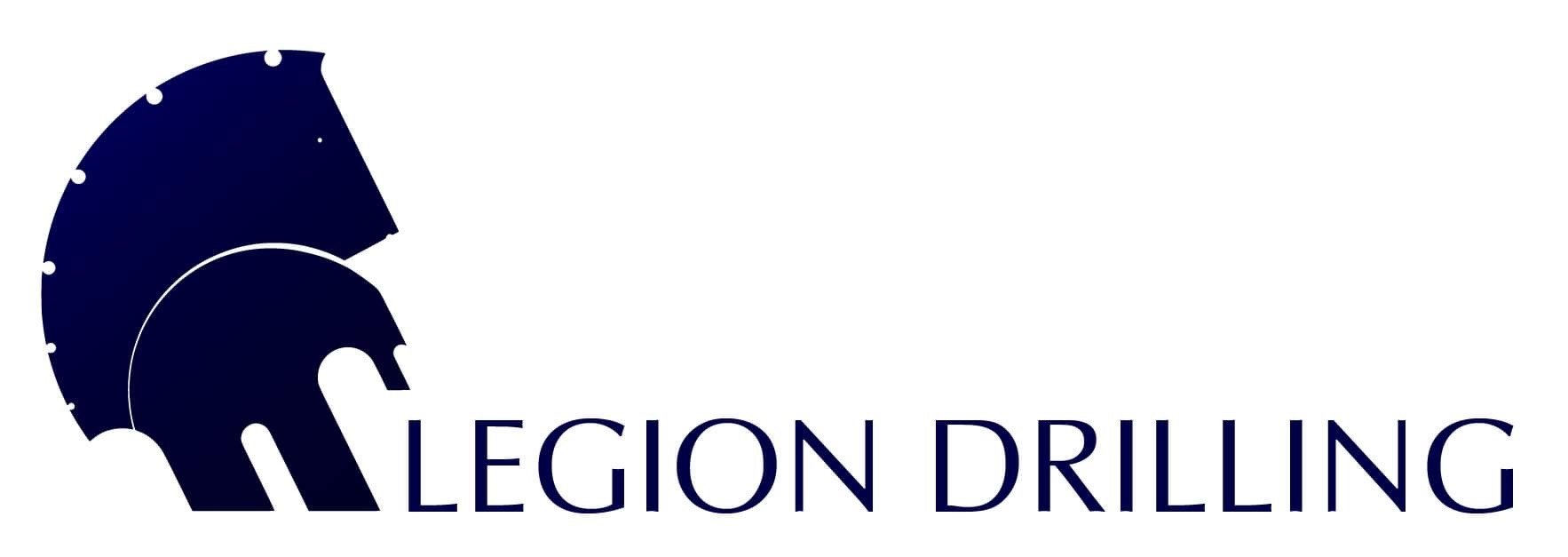Legion Drilling Preferred Australian Installer of FLUORO-SORB®
In-Situ PFAS Sequestration Projects
Legion Drilling is thrilled to announce that we have entered into an exclusive agreement through our US partners AST Environmental, Inc. to provide the proprietary FLUORO-SORB® technology (manufactured by CETCO) for in-situ injection applications across Australia to immobilise per- and polyfluoroalkyl substances (PFAS). Details of this technology will be presented in a technical webinar on Thursday 5 April with the participation of Legion, AST and CETCO.
FLUORO-SORB® is a proprietary, NSF-certified product designed to globally support PFAS remediation. FLUORO-SORB® binds across the spectrum of PFAS, including PFOA, PFOS, PFHxS, and PFNA, unlike other sorbent products that are selective and unpredictable in adsorbing PFAS. Additionally, FLUORO-SORB®is less impacted by co-contaminants in the waste stream, such as gasoline- and diesel-range hydrocarbons, chlorinated solvents, natural organic matter (NOM), salinity, and pH, in comparison to other PFAS adsorbents. As FLUORO-SORB® platelets begin to adsorb PFAS, the platelets expand on a nanometer scale, which allows for greater sorption kinetics and capacity. This unique capability makes FLUORO-SORB® significantly more adsorptive than other commercially available products marketed for PFAS.
As FLUORO-SORB® is a solid product, when applied through direct injection, the material comprises a slurry suspension. Legion’s experience injecting slurries into overburden, transition zones, and fractured bedrock settings makes this partnership a natural and complementary fit. The trend towards in-situ management of PFAS versus groundwater extraction or deep in-situ construction benefits clients by reducing initial cost-outlays, total project costs, and/or ongoing operations and maintenance of expensive and expansive pump-and-treat systems.
Legion Presents US Webinar on Remedial Design Characterisation
Hosted by Remediation Products, Inc. (RPI), this technical webinar will emphasise the importance of embracing High-Resolution Site Characterisation (HRSC) approaches for remedial design and evaluation.
Direct sensing tools like the Hydraulic Profiling Tool (HPT), Membrane-Interface Probe (MIP) and Ultra-Violet Optical Screening Tool (UVOST) provide the basis to determine target treatment zones and can be complemented with other methods to estimate contaminant masses and design effective remedial strategies.
Direct sensing technology can also be used to evaluate remedy emplacement success and performance. This presentation will discuss for instance how UVOST response may be influenced by natural source zone depletion mechanisms or by the emplacement of BOS 200® activated carbon in LNAPL-contaminated sites. We will see how delineating the contaminant mass distribution and any relevant hydrogeological features is paramount to optimise remediation systems while reducing uncertainties and financial risks.
The session is mainly aimed to US audiences but everyone is welcome to join on Thursday 6 March at 6:00 a.m. Brisbane, Sydney time (Wednesday 5 March at 1:00 p.m. MDT).
In-Person and Virtual Presentations on Site Investigation and Remediation
Do not hesitate to contact us if you need any further information or assistance in projects requiring environmental drilling, direct sensing for HRSC or in-situ remediation services.
We provide in-person and virtual presentations specifically tailored to the interests and needs of your team. Contact us to arrange a presentation or meeting at your earliest convenience.
In the meantime, please visit our website and check out our latest product brochure.
